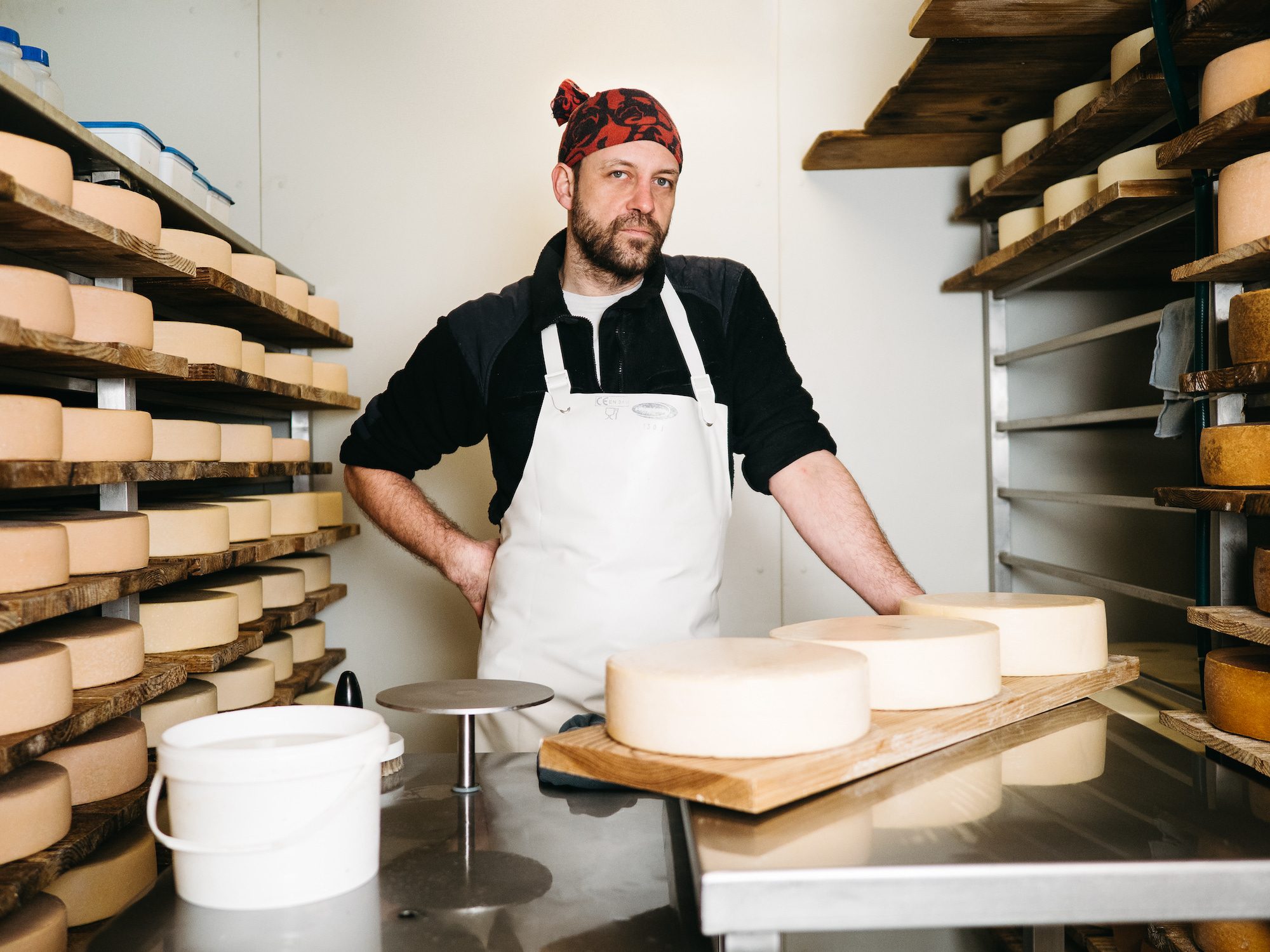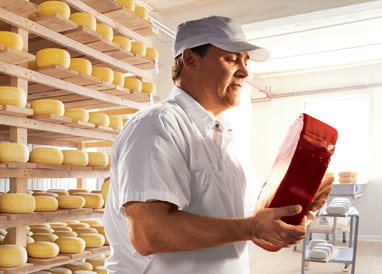Behind the Scenes with Cheese Makers Melbourne: Including Floridia Cheese
Behind the Scenes with Cheese Makers Melbourne: Including Floridia Cheese
Blog Article
Opening the Tricks of Artisanal Cheese Making: A Step-by-Step DIY Guide
In the world of culinary workmanship, artisanal cheese making stands as a testimony to the fragile balance between tradition and advancement. Each step in the process, from picking the appropriate milk to developing aging methods, holds within it a wealth of expertise passed down via generations. As we start this journey to demystify the art of developing beautiful cheeses, we are faced with a tapestry of secrets and skills waiting to be unwinded. Join us as we check out the complexities of this ancient craft, where art, scientific research, and patience merge to produce tastes that tantalize the detects.
Selecting the Right Milk
When beginning on the journey of artisanal cheese making, the choice of milk plays a critical duty in identifying the top quality and characteristics of the final product. The type of milk selected influences the taste, texture, and generally account of the cheese. Raw milk, right from the pet, is chosen by several artisanal cheesemakers due to its distinct mix of enzymes, microorganisms, and taste compounds. Using raw milk comes with guidelines and threats, making pasteurized milk a much safer alternative for newbies.
In addition, the resource of the milk, whether from cows, goats, lamb, or buffalo, adds distinctive tastes and features to the cheese. Each kind of milk brings its very own subtleties, enabling for a broad array of cheese varieties to be crafted based on the picked milk.
Culturing and Coagulating
To start the cheese-making process, the essential steps of culturing and coagulating must be meticulously carried out to change milk right into curds and whey. Culturing includes introducing beneficial bacteria to the milk, which then begins the fermentation procedure. These microorganisms convert lactose (milk sugar) right into lactic acid, developing the acidic setting required for coagulation. The type of culture made use of can significantly impact the taste, texture, and ripening of the last cheese product.

The timing and temperature control during culturing and coagulation are vital elements that influence the last result of celebrity. Proper execution of these steps is essential to make sure the preferred texture, flavor, and consistency of the artisanal cheese being created.
Draining Pipes and Pressing Curds
After the milk healthy proteins have coagulated and the curds have been cut to release whey, the following important action in artisanal cheese making involves draining and pressing the curds to accomplish the desired structure and consistency of the final cheese product. Draining is the process of separating the curds from the whey. This can be done by moving the curds right into a cheesecloth-lined bowl-shaped sieve or mold and allowing the whey to drain pipes off naturally. The time for draining can vary relying on the sort of cheese being made and the wanted moisture material.
As soon as the curds have actually adequately drained, the following action is pushing. Pressing aids get rid of any Extra resources remaining whey and compacts the curds to create a solid cheese wheel. Pushing can be done making use of specialized cheese presses that apply mild and regular pressure over an amount of time. The duration and stress used throughout pushing will influence the final structure of celebrity, from soft and luscious to tough and company. Proper pushing and draining pipes are vital actions that considerably influence the high quality and qualities of the artisanal cheese being generated.
Aging and Flavoring Techniques
Carrying out precise aging and flavor methods is crucial in boosting the depth and intricacy of artisanal cheeses, elevating their taste accounts to exquisite levels of refinement and refinement. Aging plays a critical role in creating the special flavors and structures that distinguish artisanal cheeses.
Seasoning strategies also add considerably to the final taste of artisanal cheeses. Cheesemakers might choose to introduce added flavors by incorporating ingredients such as herbs, seasonings, and click for more even fruits into the cheese throughout the production process. Furthermore, some cheeses are washed or scrubed with various fluids, such as brine or alcohol, to boost their appearances and flavors.
Wrapping and Saving Cheeses

Conclusion
To conclude, mastering the art of artisanal cheese making involves thoroughly picking the best milk, complying with accurate culturing and coagulating processes, draining pipes and pushing curds efficiently, and making use of various aging and flavoring strategies. By following these steps carefully and with focus to detail, you can produce your very own tasty and one-of-a-kind cheeses at home. Keep in mind to cover and save your cheeses properly to make my blog sure optimum taste and texture development. Pleased cheese making!
Each type of milk brings its own subtleties, permitting for a wide range of cheese varieties to be crafted based on the chosen milk.After the milk proteins have actually coagulated and the curds have actually been reduced to launch whey, the following important step in artisanal cheese making includes draining pipes and pressing the curds to achieve the desired texture and uniformity of the last cheese item. Many cheeses ought to be wrapped in wax paper or cheese paper to permit them to take a breath while securing them from drying out. For cheeses that need to continue aging, such as bloomy peels or cleaned skins, ensure they are saved in a trendy setting like a cheese cave or a fridge set to the appropriate temperature level. By paying focus to the wrapping and storage of artisanal cheeses, cheese manufacturers and lovers can preserve the honesty of these specials and completely enjoy their complex tastes.
Report this page